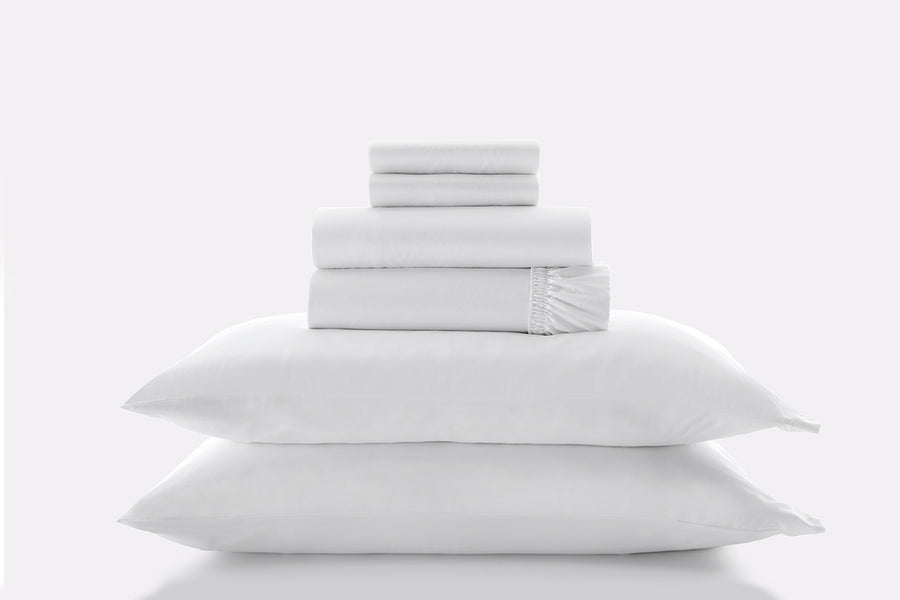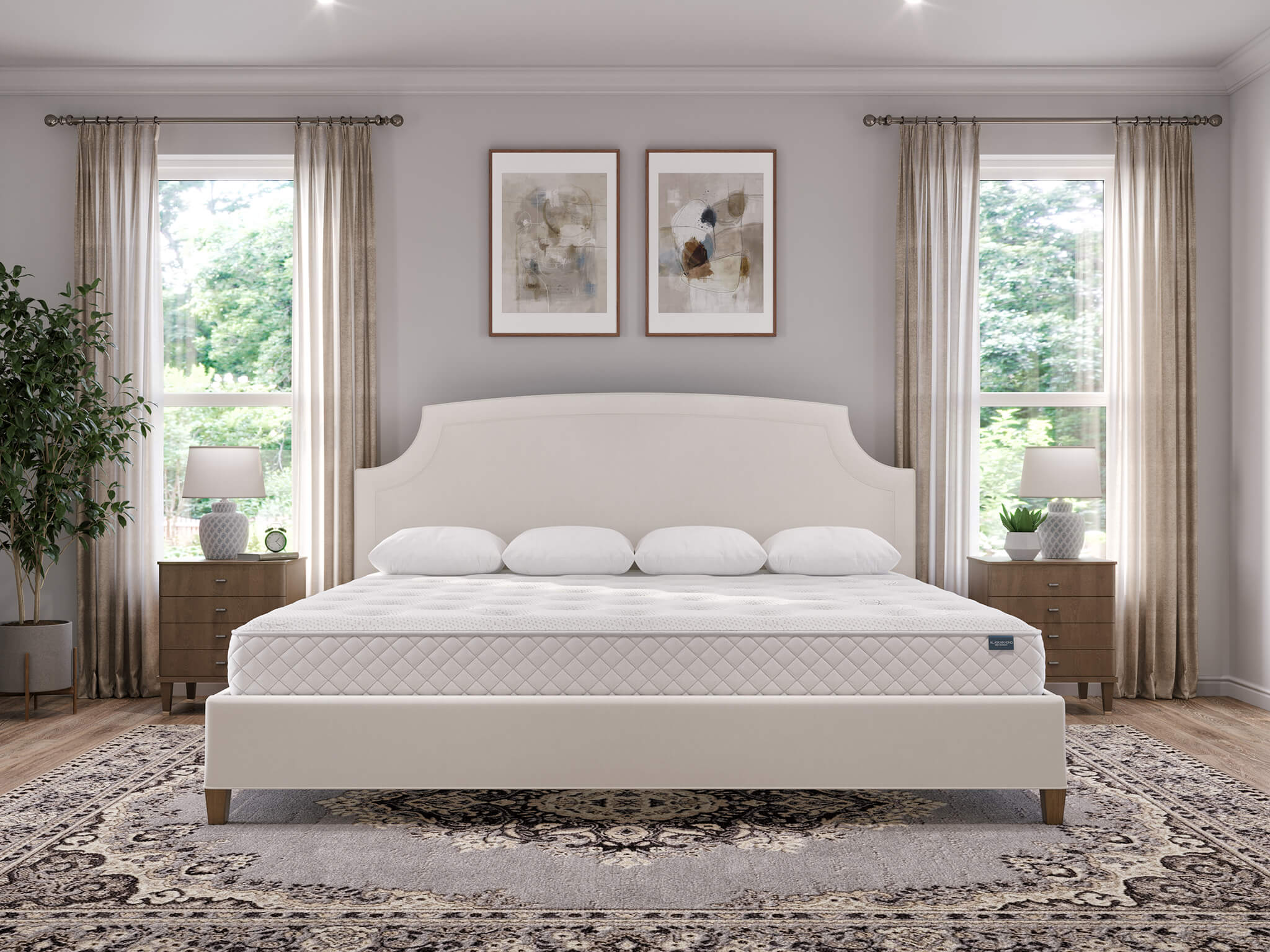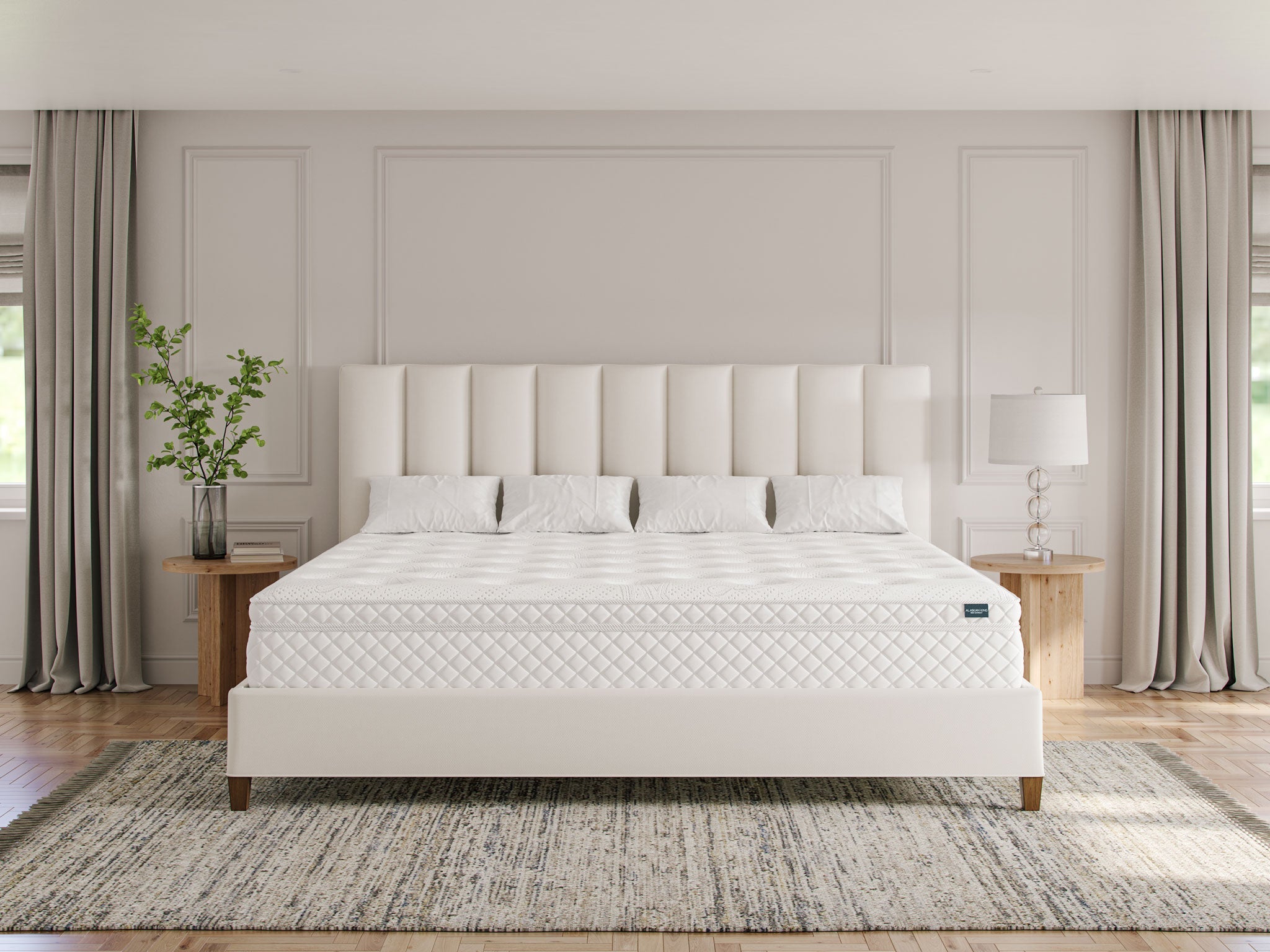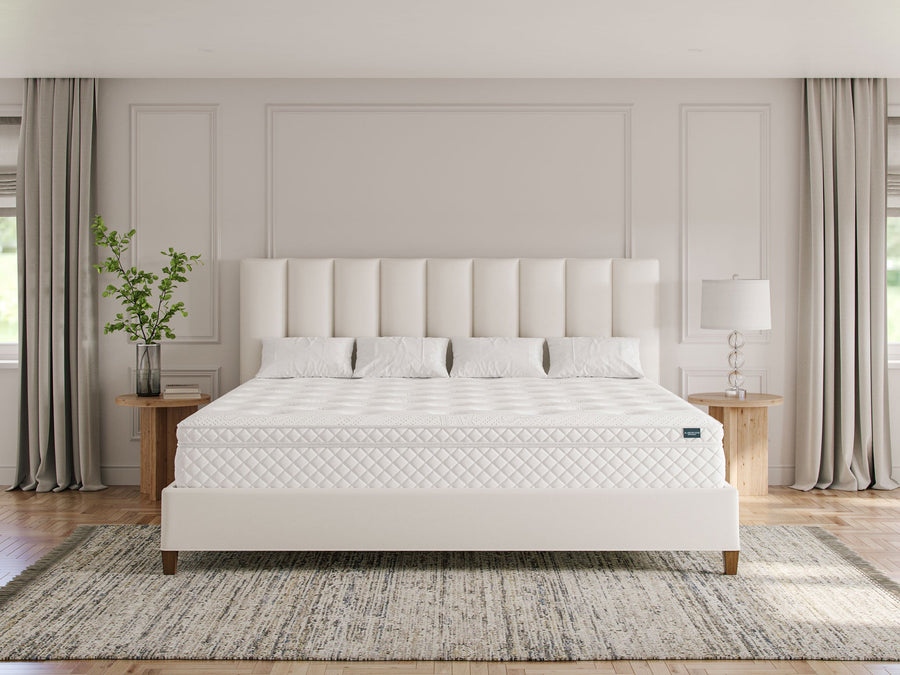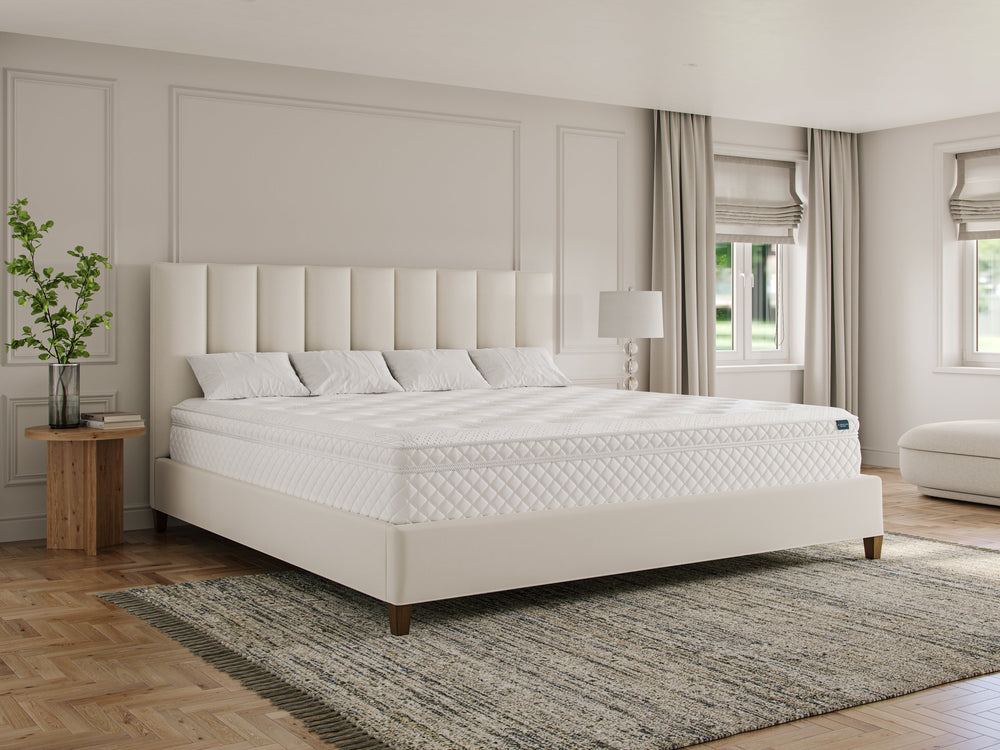How to Create an Ideal Nap Environment
Napping is more than just a quick break during the day; it’s a restorative practice that can improve mood, increase alertness, and boost overall well-being. However, the quality of your nap depends greatly on the environment you create. An ideal nap environment promotes relaxation, blocks out disturbances, and supports comfortable rest. Here’s how to set up the perfect space for a refreshing nap.
Choose the Right Space to Relax During Your Nap
Finding the right spot for your nap is the first step. Ideally, choose a space that is quiet and free from disruptions. This could be your bedroom, a cozy corner of your living room, or even a designated nap area if you have one. The key is to ensure that the space is associated with relaxation and not with tasks or activities that could keep your mind active. If napping in a common area like the living room, use a comfortable couch or daybed with supportive cushions.
Soften the Lights to Calm Yourself
Light plays a significant role in your ability to fall asleep quickly and stay asleep. For napping, dim light or low lighting is best. If your space has a lot of natural light, consider using blackout curtains or shades to create a darkened environment. Alternatively, an eye mask can be an effective tool for blocking out light without modifying your room. Soft, ambient lighting can help set a calming tone if total darkness feels too intense.
Set Your Ideal Temperature for Going to Sleep
Your body temperature naturally drops when you sleep, so having a cool room can help signal to your body that it’s time to rest. A temperature between 60 to 67 degrees Fahrenheit is generally considered ideal for sleeping. If adjusting the thermostat isn’t an option, using a fan or opening a window for fresh air can help. Keep a lightweight blanket nearby in case you need a little warmth during your nap.
Keep Any Noise to a Minimum
Unwanted noise can disrupt your nap or prevent you from falling asleep altogether. To create a peaceful environment, try using white noise machines, fans, or apps that play calming sounds like rain or ocean waves. Earplugs are also a simple and effective way to block out background noise if you’re napping in a noisy environment. If you prefer natural sounds, consider a playlist of calming music or nature sounds to help you drift off.
Use Comfortable or Custom Bedding
Comfort is essential for a successful nap. Choose a supportive surface such as a sofa, recliner, or bed, and make sure it’s layered with soft bedding or a throw blanket. Memory foam or ergonomic pillows can provide better neck support, making it easier to rest comfortably for a shorter period. Keep a designated pillow for napping that offers the right balance of support and softness. If you need custom sheets for your Wyoming King bed, you can order them online today.
Keep the Nap Very Short with an Alarm
While the environment plays a crucial role, the duration of your nap is just as important. The ideal nap length is between 20 to 30 minutes. This timeframe is short enough to prevent grogginess but long enough to help you feel refreshed. Set an alarm to avoid oversleeping and slipping into deeper sleep stages, which can make waking up more difficult. If you have more time and need a deeper rest, a 90-minute nap allows you to complete a full sleep cycle, minimizing grogginess.
Reduce Any Form of Stimulation Before Napping
To make it easier to fall asleep, avoid stimulating activities before your nap. Turn off screens like TVs, laptops, and smartphones for at least 15 minutes before resting. The blue light emitted from these devices can interfere with your body’s natural sleep signals by suppressing melatonin production. Instead of looking at a screen, try reading a book, listening to soft music, or practicing deep breathing exercises to wind down.
Try Deep Breathing and Meditation to Help You Relax
Incorporating relaxation techniques can help prepare your mind and body for a restful nap. Deep breathing, progressive muscle relaxation, or gentle stretches can signal to your body that it’s time to rest. These techniques are especially useful if you have a hard time unwinding during the day or if stress makes it difficult to nap. A short, guided meditation can be a great way to clear your mind and get into a state of relaxation.
Create a Consistent Routine
While spontaneous naps can be beneficial, having a consistent nap routine can train your body to fall asleep faster and more efficiently. If you find that a midday nap works best for you, try to nap around the same time each day. This consistency can help align your body’s natural circadian rhythms and make napping a more effective part of your day. Even if you don’t fall asleep right away, relaxing during your designated nap time can provide some of the restorative benefits of napping.
Make Sure that your Mattress Is Up to The Task Wherever You Are
Creating an ideal nap environment takes a little planning but can make a significant difference in the quality of your rest. By focusing on comfort, minimizing distractions, and setting the right atmosphere, you can make the most of your naps and enjoy their many benefits. Whether you’re at home or the office, these strategies can help you recharge and stay productive throughout the day. You can also order a new Wyoming King mattress online to help improve your sleep giving you more space to sprawl out over.
